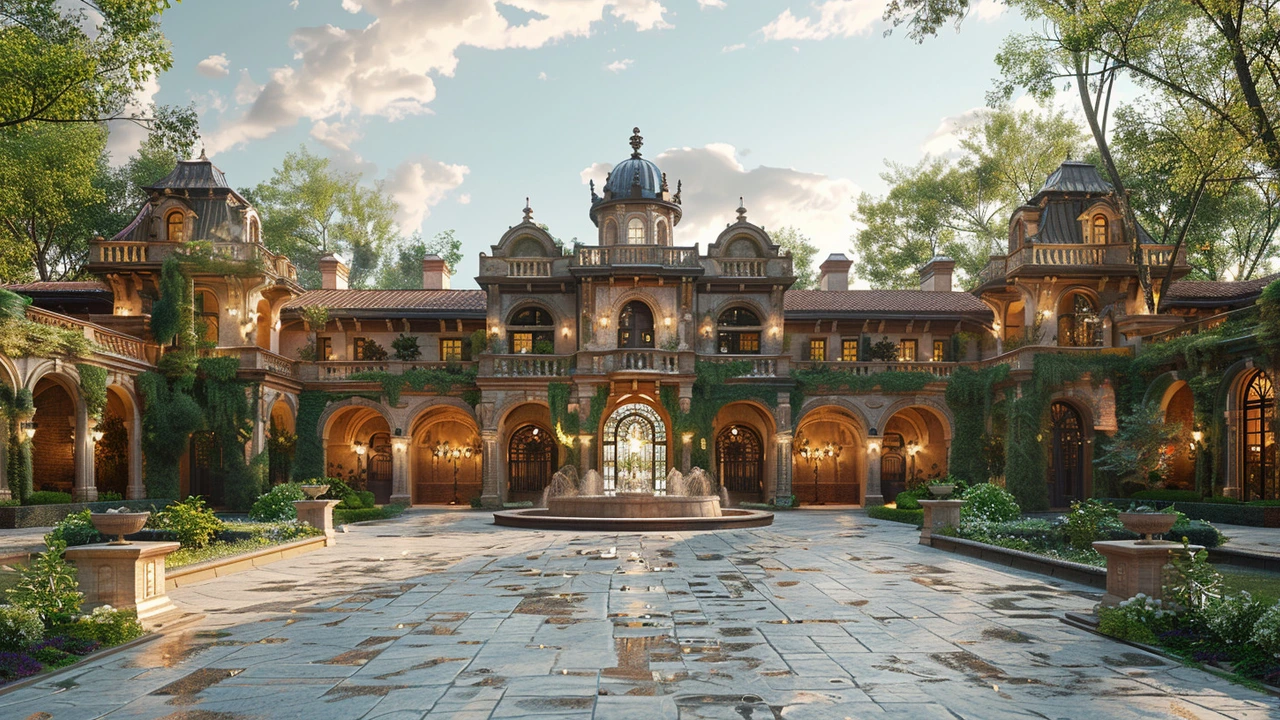Italianate Architecture is an influential architectural style that flourished during the mid-19th century, primarily in Europe and America. This article delves into the rich history of Italianate architecture, exploring its origins, key characteristics, and notable examples. It also discusses the impact of this style on modern architecture and provides insights into preserving these historical structures. The piece covers the evolution of Italianate architecture and its significance in the architectural heritage.
19th Century Design: How the Century Rewrote Architecture and Style
The 1800s flipped the rules of building and design. New machines, new materials, and a craving for history mixed together to create styles that still shape our streets. You can spot 19th century work in grand civic buildings, factory roofs, and even modest row houses. Want to recognize it on a walk? Look for certain forms, textures, and details that tell the era.
Major movements came fast. Gothic Revival revived pointed arches, steep roofs, and ornate tracery as a reaction to industrial blandness. Greek Revival borrowed classical columns and pediments to convey civic authority. Italianate and Second Empire favored bracketed eaves, tall windows, and Mansard roofs for a more decorative, urban look. Beaux-Arts later added big, formal compositions and lavish ornament for banks, museums, and train stations. At the same time the Arts and Crafts movement pushed back, favoring handwork, honest materials, and simpler forms.
Materials changed everything. Cast iron and wrought iron made long spans, delicate columns, and glazed arcades possible. Glass and iron combined to make bright railway stations and market halls. Mass-produced brick and terracotta allowed repeating ornament at lower cost. Those industrial advances meant style spread faster and reached everyday housing.
How to read a 19th century building?
Check the roofline, window shapes, and entryway. Arched windows and heavy stonework signal Roman or Baroque echoes. Pointed windows and buttresses point to Gothic influences. Look at the cornice: a deep, bracketed cornice often means Italianate. Mansard roofs scream Second Empire. Decorative ironwork, like balcony railings or arcade columns, often marks mid-century industrial confidence.
Practical tips for designers and renovators
Keep original materials when possible: reclaimed brick, cast iron elements, and timber frames age well and match the original look. If you must replace details, match scale and rhythm over exact pattern. A well-proportioned cornice or window trim sells the era more than a perfect replica of a tiny ornament. For interiors, honor tall ceilings, deep skirting boards, and plaster moldings where they exist. Modern HVAC and wiring can be hidden in baseboards or false floors without changing visible character.
Why care about 19th century design today? It gave cities their civic face and taught designers to mix past forms with new tech. Contemporary projects that borrow its scale, ornament, or materials often feel rooted and honest. Walking past a 19th century block should teach you lessons about proportion, civic presence, and craftsmanship.
Want a quick exercise? On your next city stroll pick three buildings from different blocks. Note their roofs, windows, and cornices. Try to guess which 19th century movement influenced each. You’ll start spotting patterns in minutes.
If you want a short reading list, grab a pocket guide to Victorian architecture, a book on the Industrial Revolution’s effect on building, and a catalog on Beaux-Arts public buildings. Visit local stations or markets from the period; they’re often well preserved. Join a neighborhood walking tour or a local preservation group to learn and meet people who care.

